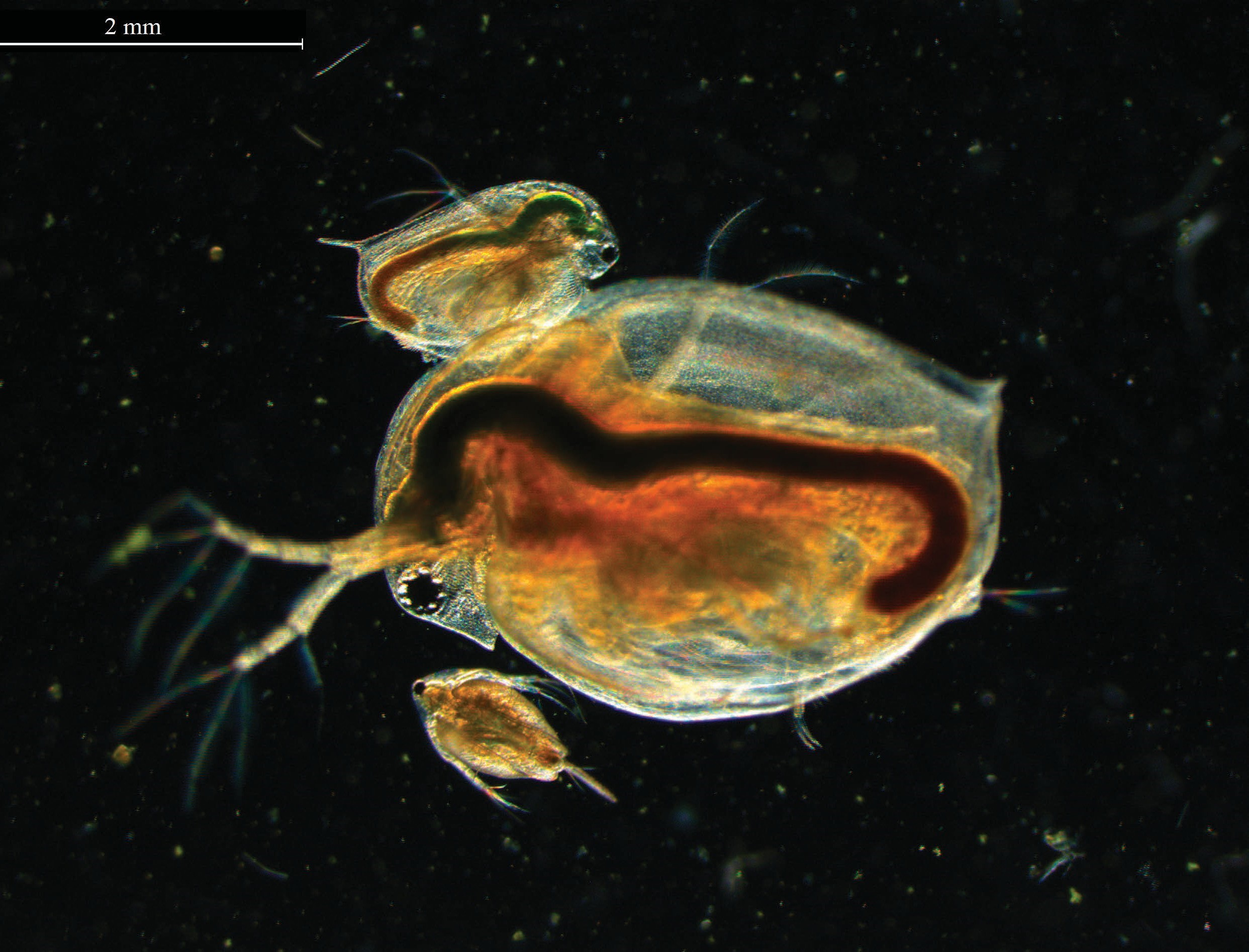Környezettoxikológia Tanszék - Akvakultúra és Környezetbiztonsági Intézet
Department of Environmental Toxicology
Department of Environmental Toxicology
Last modified: 21. September 2023
The Department of Environmental Toxicology has two main areas of activity, the toxicological analysis of environmental samples and the application of environmental microbiology. The analytical methods of the laboratory are able to evaluate the toxicological effects of environmental samples and newly developed materials (e.g., biodegradable plastics), both in acute and chronic schemes.
We apply in vivo and in vitro zebrafish tests (e.g., early life stage or two-generation toxicity tests), Daphnia, and algae tests, according to the GLP or ISO standards. We are able to apply our methods to the field of aquatic toxicology in order to analyze the effects of cosmetic products, mycotoxins, phytoestrogens, plastics and drug residues on the endocrine system as well as assess their cytotoxic effects. In our classical and molecular-based fish tests, the effects of single-component, mixed substances and environmental samples can be analyzed using acute, subchronic and chronic studies.
With our self-developed estrogen sensitive zebrafish line (Tg(vtg1.mCherry), the estrogenic effect of environmental samples can be determined. Additional examples of the types of analyses we are able to conduct include: Vibrio fischeri tests for the environmental monitoring of water, colorimetric SOS Chromotest for genotoxicity, and the BLYES/BLYAS/BLYR method for monitoring endocrine disruptors. With these methods, we are able to evaluate the toxicological effects or determine the risk assessment of newly developed products, methods, and processes. Finally, using these methods, the environmental fate of biodegraded organic materials (e.g., plastics, mycotoxins, pesticides, cosmetics, pharmaceuticals) can also be analysed.
Our expertise in environmental microbiology includes classical and molecular methods for the identification of microbial (bacterial, fungal) communities which can then be used to monitor any short- and long-term changes in the microbial population caused by the exposure to artificial materials (e.g., plastics, organic pollutants) within their natural habitat. Moreover, the verification of any biological benefits and the evaluation of any risks to human health from fermenting microbes and their metabolites can be determined via our toxicity methods.


